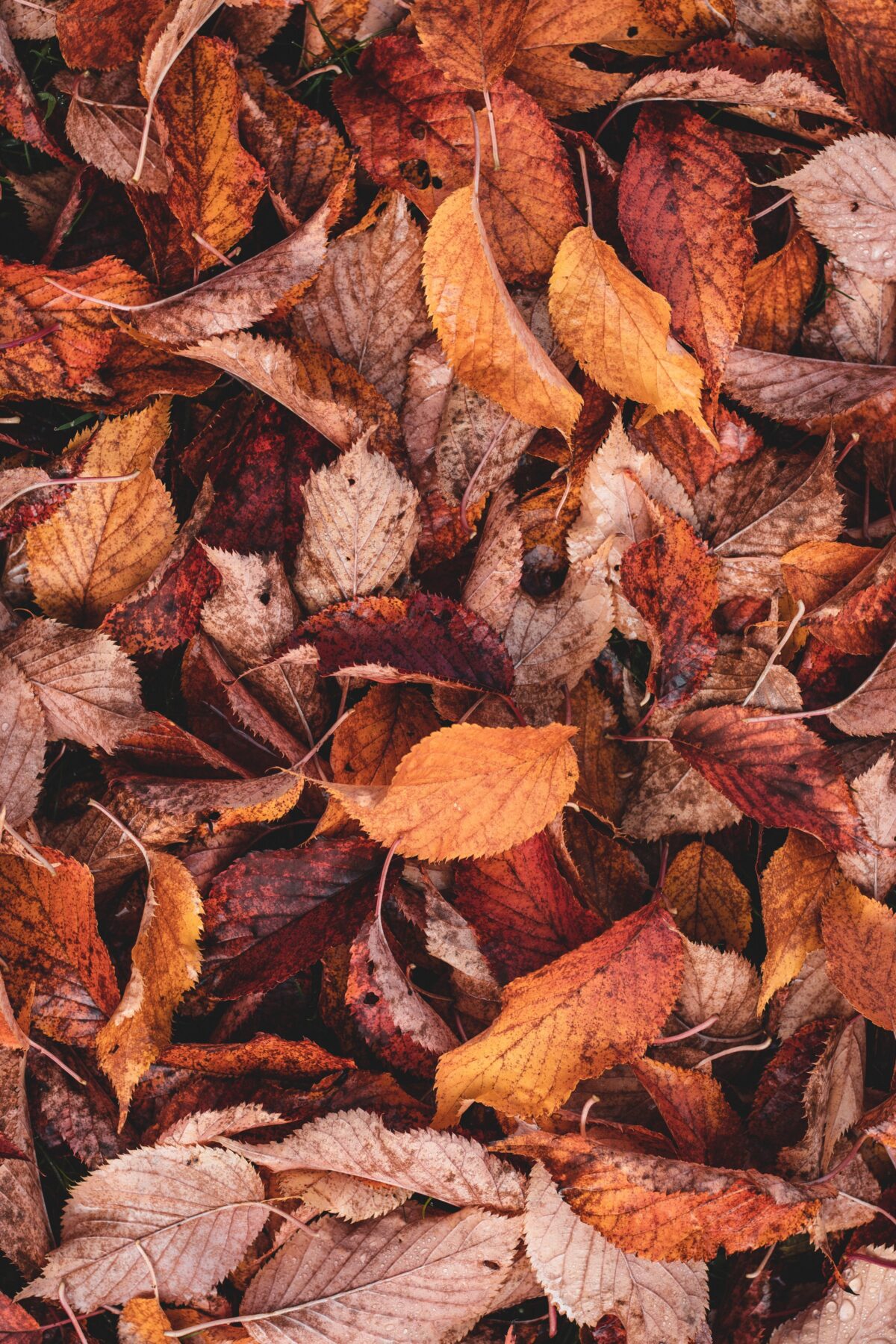
Fertilising turf
If there’s one time of year when you get more benefit from fertilising your lawn than any other, it’s autumn.
That’s because autumn is when Mother Nature works with you instead of against you. For example, days are getting shorter and nights cooler. Dews are heavier, and the pattern of rainfall starts to be more favourable to the needs of grass.
As a result, grass plants start to increase their natural production of rhizomes. A single grass plant can send out many rhizomes, resulting in many new plants… all knit together to form thick green turf.
Although the length of day and the weather trigger the growth process, how many rhizomes are produced (and therefore how thick the lawn will be) depends on the nutrients that are available to the grass roots. There is no reason why summer active lawns should deteriorate over winter months. The growth rate slows down, but with a controlled fertilising program lawns can stay green and healthy over most of winter.
The objective is to keep lawns active and this can be achieved by stimulating the grass. Start with a very light application in late summer, and a slightly heavier application in early autumn. Follow this with light applications every 5-6 weeks through winter.
The thicker and healthier the lawn is in winter, the better chance you have to control the annual weed problem. If fertilising this month, keep nitrogen and phosphorus applications to the minimum needed for the main summer-active turf grasses. This will reduce vigorous growth in annual weeds.
To intensify the green colour without increasing vigour, apply a soluble iron fertiliser such as sulphate of iron but be sure to water it in.
Couchgrass stops growing when temperatures fall below 15ºC and will initiate dormancy when temperatures drop below 10ºC for an extended period. Dormancy can last from a few weeks to several months depending on conditions. How you manage couch in autumn will determine its ability to tolerate cold-temperature stress and survive through winter.
In early autumn, as growth slows prior to the onset of dormancy, the plants convert soluble sugars to starch. They then store these starches in stolons, rhizomes and roots to serve as food reserves to ensure winter survival. Autumn management of any turfgrass should incorporate practices that increase food reserves and thereby increase stress tolerance.
Dry patches in turf are often caused by water repellence. The grains in sandy loams sometimes become water repellent by being coated with organic residues from some plant materials. Decomposition of the thatch produced by turf growth can produce hydrophobic materials that accumulate in the thatch and upper part of the root zone.
After each application, irrigate at a low rate, about 5-10mm per hour, so that the water can penetrate deeply into the affected area.
Dry spots in a lawn will be very evident by this time of the year. Before you race out and buy a beetle spray, look at some of the reasons why the dry patches may have developed.
The primary problem is thatching, that is the lawn grows above itself and the taller growth shades the lower leaves which die. The decaying vegetation creates a water repellent barrier between the surface and the root system, preventing water from penetrating the soil and the lawn dies of thirst.
AAA can scarify your lawn to reduce the thatch build-up and produce a healthier lawn.




